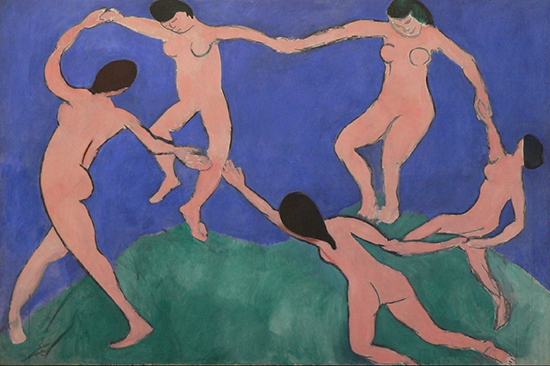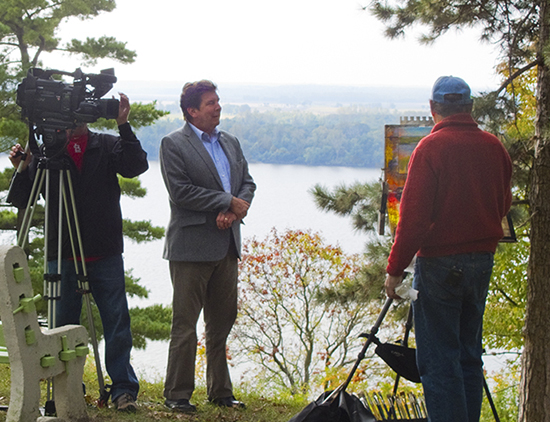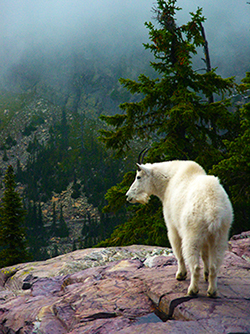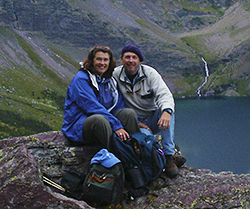The Artist's WindowThe Artist's Window Combining a passion for painting interior spaces, still life set-ups and the landscape can lead to some fascinating glimpses into artists’ studios, living spaces and views. We have had the opportunity to interview several contemporary artists known for their paintings which give us an eye into their lives. James Borger is one of these. His whimsical still life creations are often placed in front of windows showing the serene Flint Hills landscape of Kansas. He calls these paintings, "Stillscapes".
Intrigued with these and other artists’ works combining the outdoor and indoor landscapes, we explored some historic examples. Here are a few of our favorites: Pierre Bonnard
Pierre Bonnard (1867 - 1947) wrote, "Our generation always was searching for connections between art and life." Bonnard painted his life in France with intense color and detailed compositions. He is considered one of the foremost painters in the transition of art from Impressionism to Modernism. He is referred to as an "Intimist" because of his depicition of intimate scenes from his life.
Mary Cassatt (1844 - 1926) is perhaps best known for interior paintings of family and friends, incorporating intimate moments of everyday life. Although from Pennsylvania, Cassatt spent much of her adult life in France and was called one of "les trois grandes dames" (the three great ladies) of Impressionism by Gustave Geffroy. See "Les Trois Grandes Dames".
Russian-French artist Marc Chagall (1887 - 1985) worked in multiple mediums and is best remembered as an avant-garde Modernist and a forerunner of the Surrealist movement. His work includes designing stage sets, tapestries and stained glass. See "Painting with Glass". His home town of Vitebsk, Belarus (part of the Russian empire) was obliterated during World War II. Only 118 of its population of 240,000 survived. At the time, Chagall and his wife and daughter were living in occupied France. It was only with the help of Alfred Barr (the New York Museum of Modern Art) that he was able to escape to the United States. His name was added to a list of other prominent artists whose lives were at great risk and successful efforts were taken to bring him to safety in the U.S.
As were Chagall's, Lovis Corinth's (1858 - 1925) paintings were condemned by the Nazis as "degenerate art". 295 of his works were removed from public collections of German Museums to be shown in the Degenerate Art Exhibition of 1937. His naturalistic style became more expressionistic after he suffered a stroke in 1911. Corinth was born in Prussia, studied in Munich and Paris and died in the Netherlands at the age of 66.
Spaniard Salvador Dali (1904 - 1989) is perhaps remembered as much for his eccentric and ostentatious behavior as for his works of art. His surrealist paintings, created with great technical skill, often used bizarre symbols to explore subconscious imagery. Dali also designed theater sets, jewelry and fashion and worked extensively in the graphic arts. Paul Gauguin
Paul Gauguin's work (1848 - 1903) was a strong influence on the avant-garde artists who followed him, including Matisse and Picasso. He is considered a Post Impressionist, Symbolist and Primitivist. Gauguin spent the last ten years of his life living and painting in French Polynesia.
Post-Impressionist artist Gorbatov (1876 - 1945) left his native Russia permanently in 1922, spending time in Italy and settling in Munich. Later, in Nazi Germany, his work was not appreciated and he was forbidden to leave the country because of his Russian nationality. He died shortly after the Allies claimed victory over Germany.
Childe Hassam (1859 - 1935) is considered a pioneer of American Impressionism. Primarily self-taught, he began his career as an illustrator working in watercolor. Hassam created a series of window paintings from 1916 to the early 1920s. See: The Origins of Impressionism in America.
Although Danish artist Carl Holsøe (1863 - 1935) painted still life paintings and landscapes, he is primarily known for his images of domestic interiors. He studied in Denmark and Italy and won multiple awards in Copenhagen and Munich.
American artist Winslow Homer (1836 - 1910) began his career as a commercial illustrator. He worked as a war illustrator during the Civil War for Harper's Weekly. Homer painted the landscape and the seascape in both oil and watercolor. He spent time painting in France and England, but always returned to his native northeast coast.
Pyotr Konchalovsky (1976 - 1956) studied in Moscow, Paris and St. Petersburg. He was heavily influenced by the work of Cezanne and was a founding member of the Jack of Diamonds, a group of avant-garde artists in Moscow. Konshalovsky was a prolific artist and is thought to have painted more than 5,000 paintings in his lifetime.
Konstantin Korovin (1861 - 1939) was a Russian stage designer and artist. He worked as a camouflage consultant during World War I for the Russian army. In 1923, Korovin moved to Paris, where a large exhibition of his work was planned. However, the work was stolen, and he was left in a precarious financial position. Later in his life, Korovin designed sets for many of the major theaters of Europe, America, Asia and Australia.
Carl Larsson (1853 - 1919) was a Swedish artist and illustrator who is known for portraying the idyllic life of his large family. Larsson worked in watercolor, oil and frescoes.
Henri Martin (1860 - 1943) was recognized by the French Salon and studied in both France and Italy. In 1900, at the World Fair, he received the Grand Prize for his work. Martin bought and lived in a mansion near Cahors overlooking La Bastide du Vert. Henri Matisse
Pablo Picasso wrote, "In the end, there is only Matisse."Henri Matisse (1869 - 1954) Matisse was a hugely influential figure in the evolution of modern art. He lived and worked in Paris until 1917 when he moved to the south of France and settled just outside of Nice.
Norwegian artist Edvard Munch (1863 - 1944) may be best remembered for his iconic painting, "The Scream". Munch studied in France and Germany. Throughout his difficult life, he experimented in style within his art and wrote of his work, "My art is really a voluntary confession and an attempt to explain to myself my relationship with life—it is, therefore, actually a sort of egoism, but I am constantly hoping that through this I can help others achieve clarity."
Christopher Richard Wynne Nevinson (1889 - 1946) received recognition for his powerful war paintings during World War I, using symbolist and futurist styles. However, this more peaceful image shows the view from a bedroom window on the Giudecca, an island in the Venetian lagoon.
Guy Rose (1867 - 1925) was born in southern California. Throughout his life he suffered the effects of lead poisoning after being accidentally shot in the face during a hunting trip as a child. His recuperation marked the beginning of his interest in sketching and painting. Rose studied in Paris, returning to America to work as an illustrator in New York. He went back to France in 1899 with his wife, purchasing a home in Giverny. In 1914 Rose and his wife returned again to live in California. Read more about The Other Artists of Giverny.
Although well-known for his portraiture, American artist John Singer Sargent (1856 - 1925) traveled the world painting the landscape in both watercolor and oil. Sargent's technical proficiency was and is renowned. It is estimated that he completed over 900 oil paintings and 2,000 watercolors in his lifetime. Sargent was born in Italy to American parents and spent most of his life in Europe.
Some of Van Gogh's (1853 - 1890) most famous paintings were created during his time spent at the asylum in St. Rémy, France. Today his room there has been preserved and is open to visitors.
Konstantin Yuon (1875 - 1958) was a well-known Russian artist and theater designer. Yuon opened the first private painting school in Moscow in 1900. He was the First Secretary of the Union of Soviet Artists in the 1950s and won the Stalin Prize and the Order of Lenin, having incorporated social realism into his work later in his career.
|
Become an Artist's Road Member Today!
Already a Member?Log in here. To renew your membership, log in and follow the links. Search the SitePerspectivesNot ready to become a Member yet? Subscribe to our free email postcards, "Perspectives". Enter your email address here.
Member ContentFree ContentThe Artist's Road StoreNocturnes - A Primer on Night Painting Filled with inspirational examples by the masters of nightime painting, this little book is sure to fire up your creative energies. Never tried painting at night? We show you how it's done with a step-by-step-oil demo and a tale of night painting in the wilds of Rocky Mountain National Park. The Primer on Night Painting - Nocturnes is a 7 x 7" PDF download with 40 pages of text and images. It includes a gallery of paintings by masters of the nocturne, information to inspire and encourage you in your plein air nocturne painting, an illustrated step-by-step demo and tips for working in pastel and oil. Also available in a softcover edition. Check out the tools and other products that we use in our own art and travels in The Artist's Road Store. We only offer things for sale that we enthusiastically believe in.
About Us
|
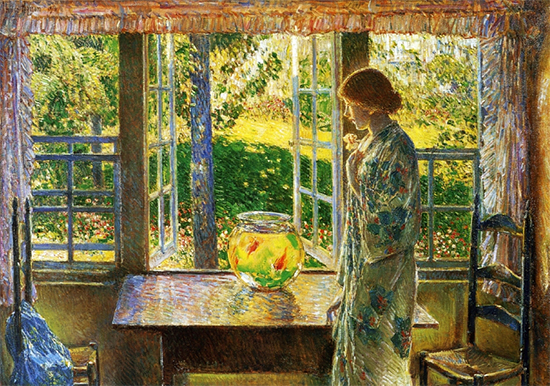
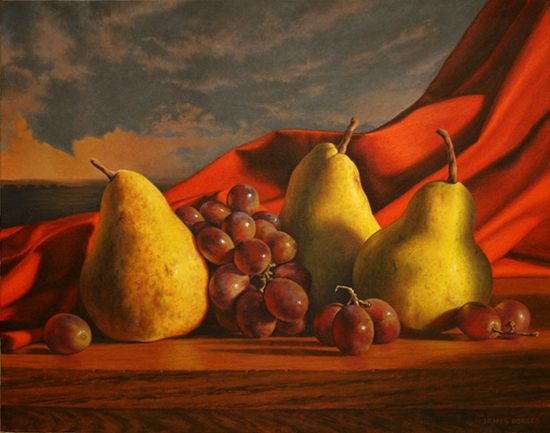
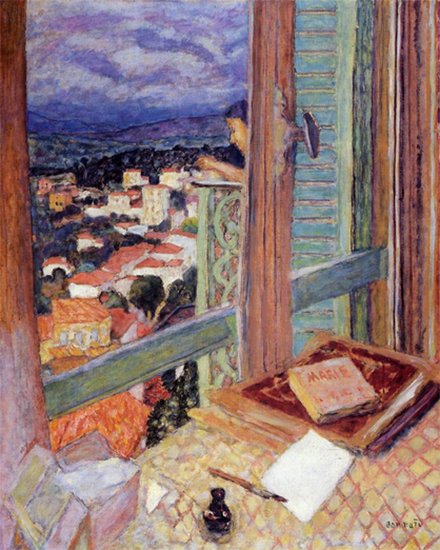
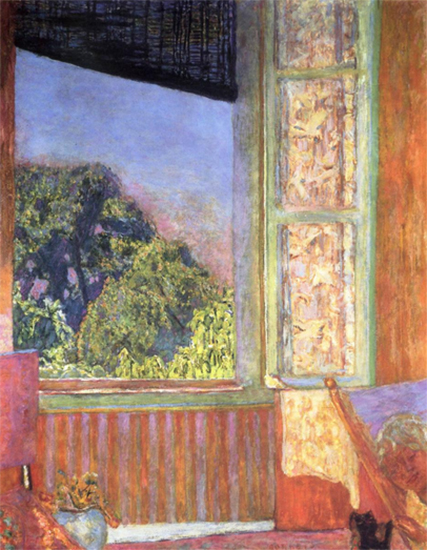
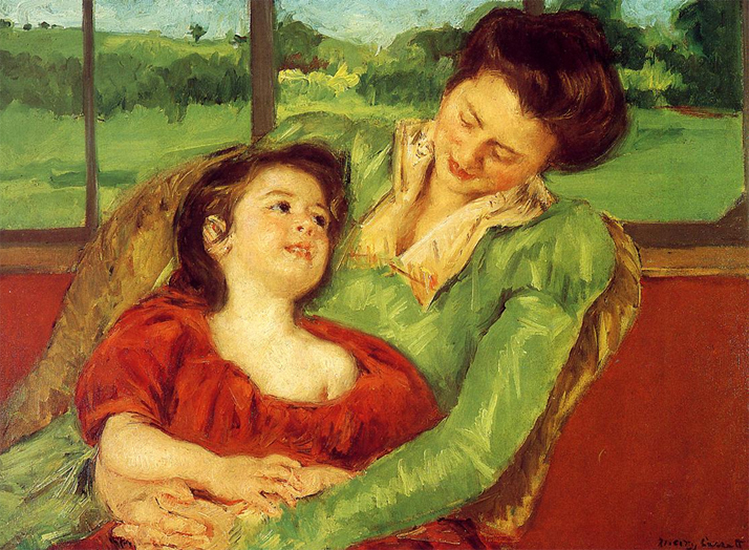

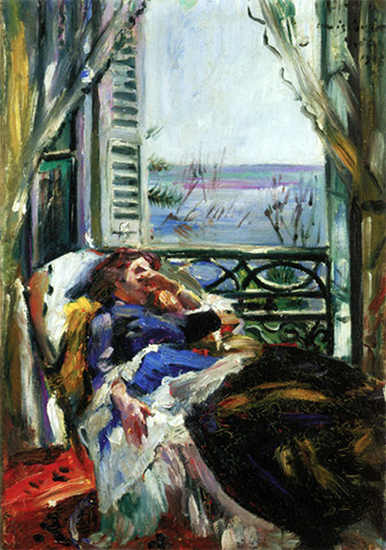
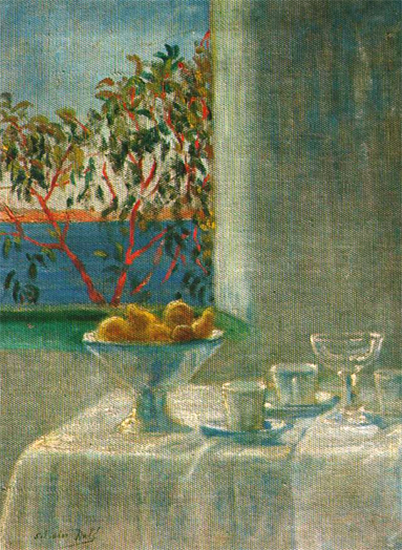
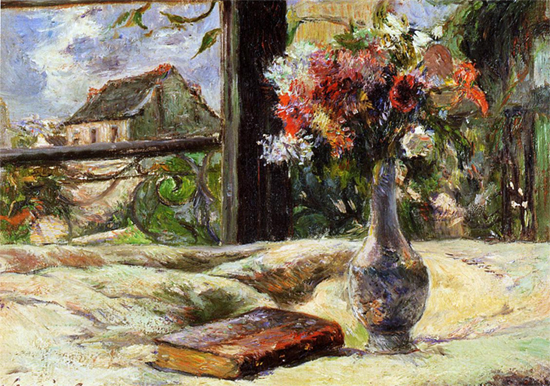
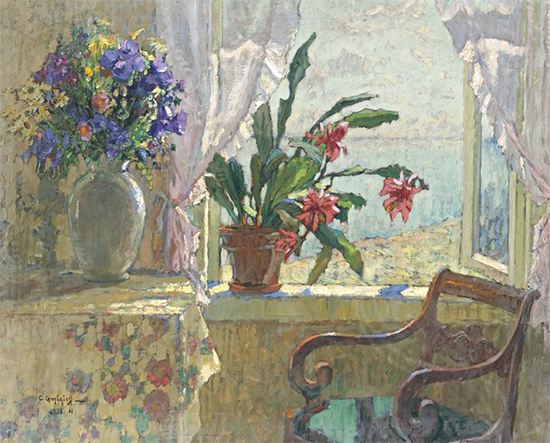
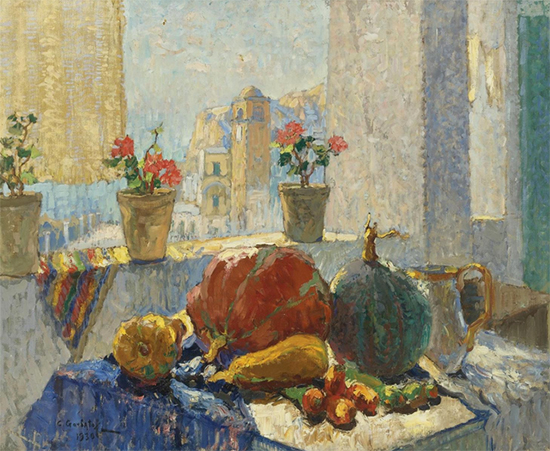
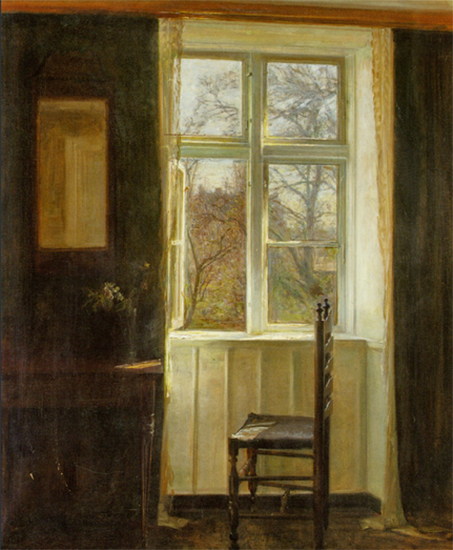
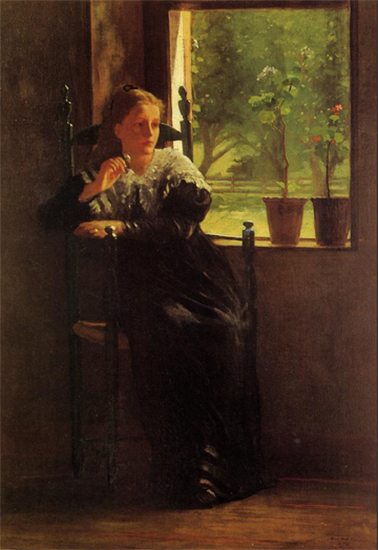
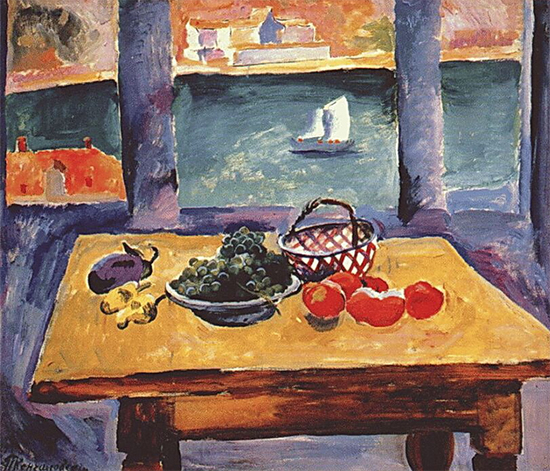
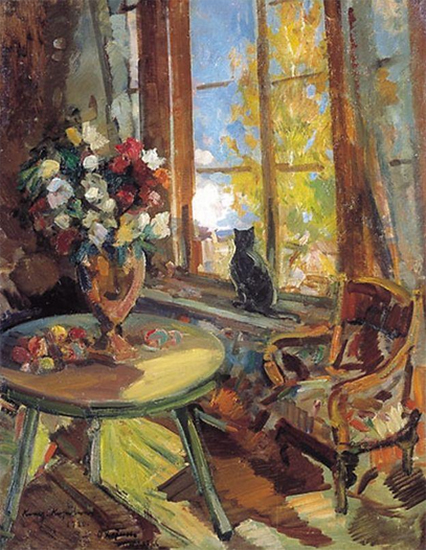
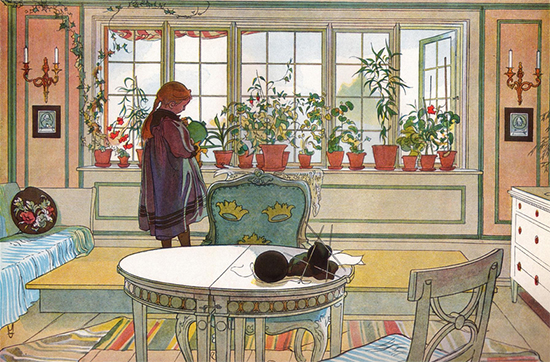
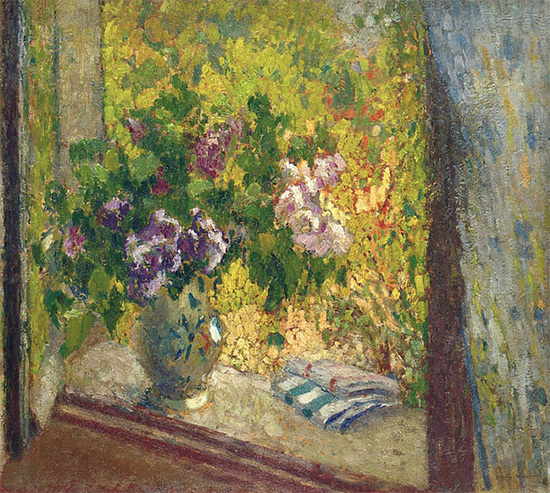
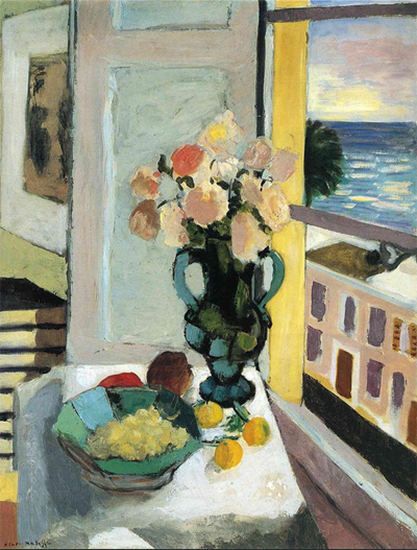
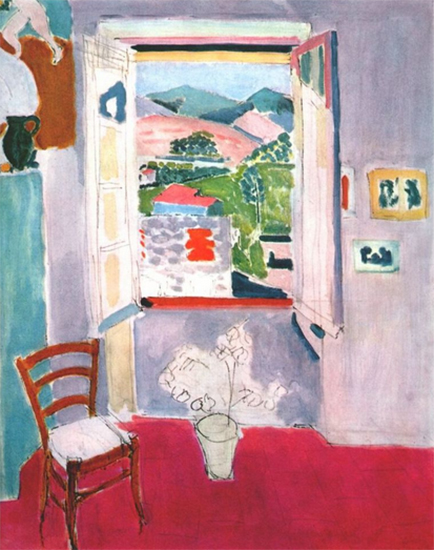
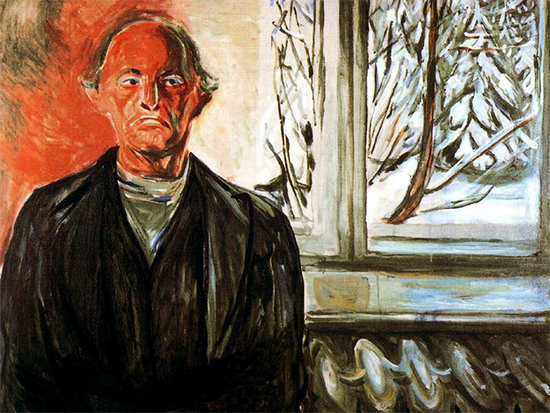
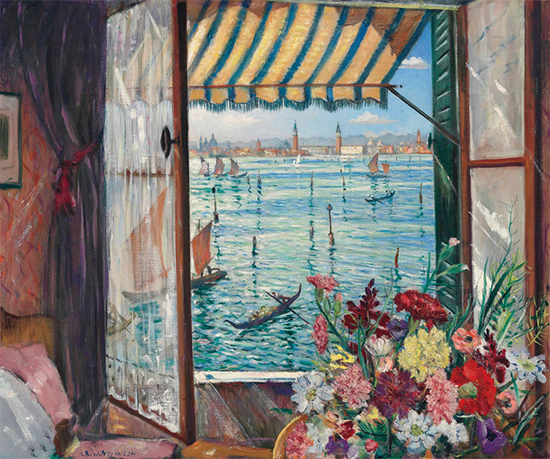
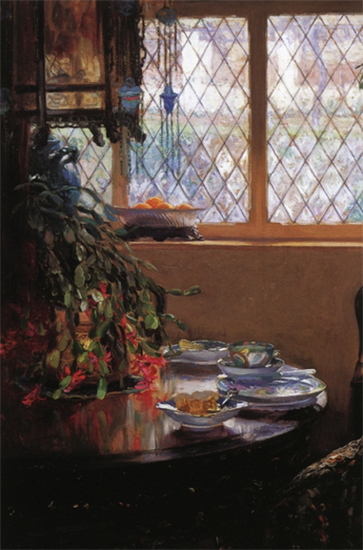
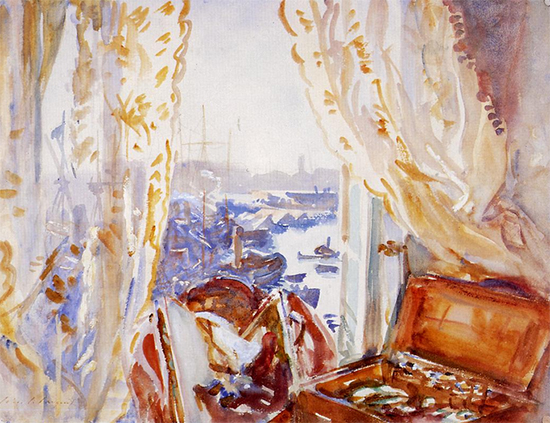
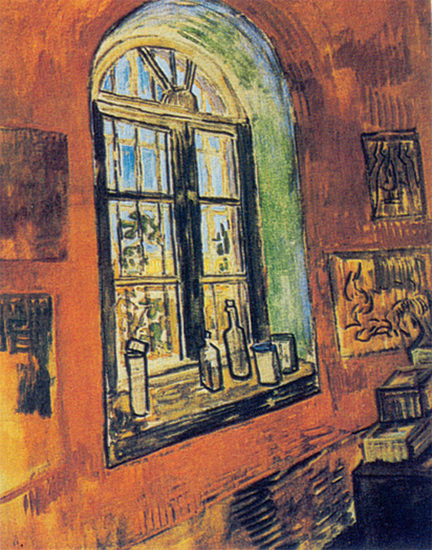
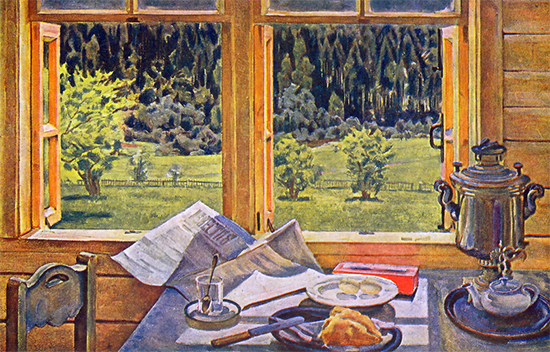
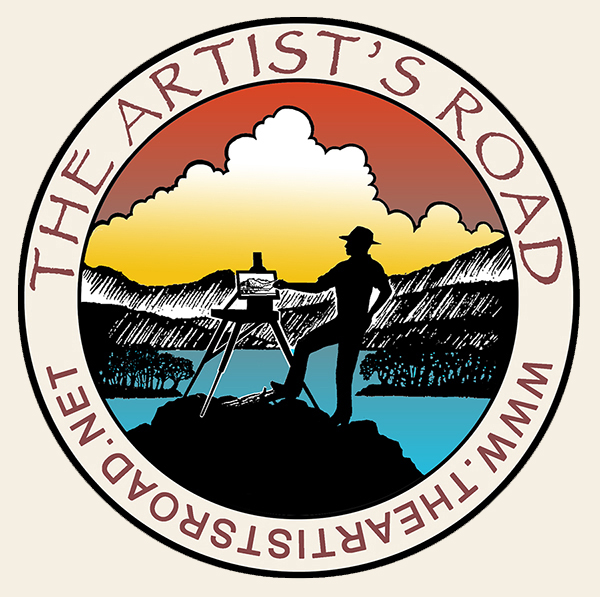
 Voices of Experience:Christine Code
Voices of Experience:Christine Code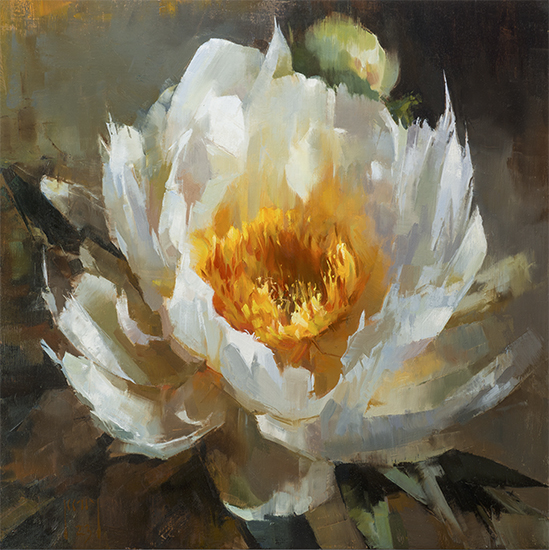
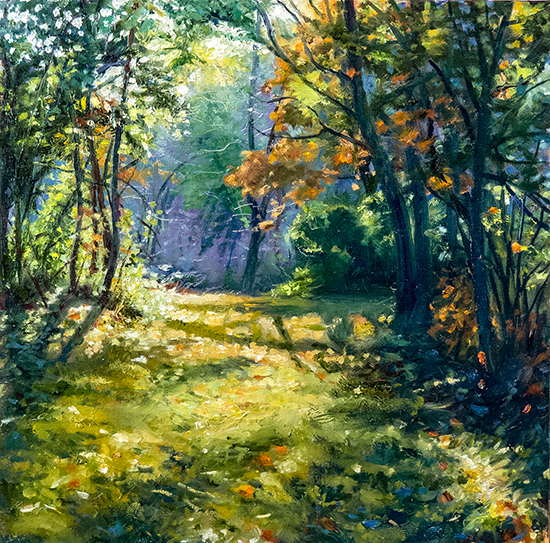
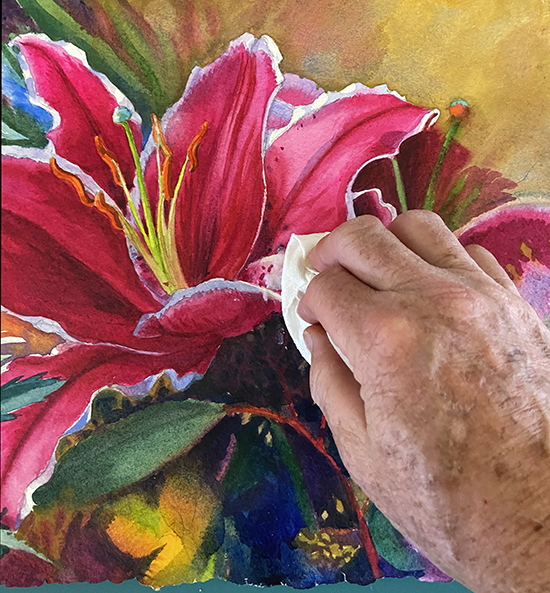 ing Watercolors
ing Watercolors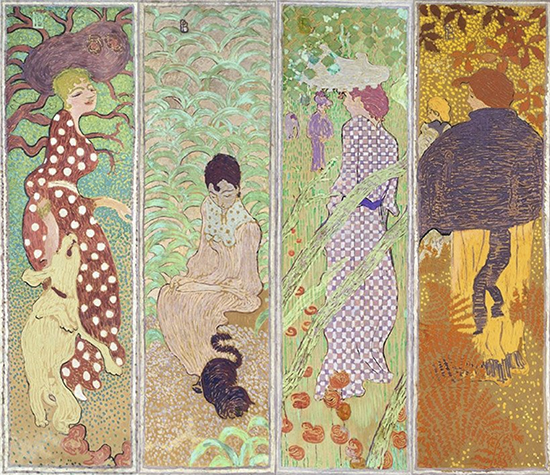
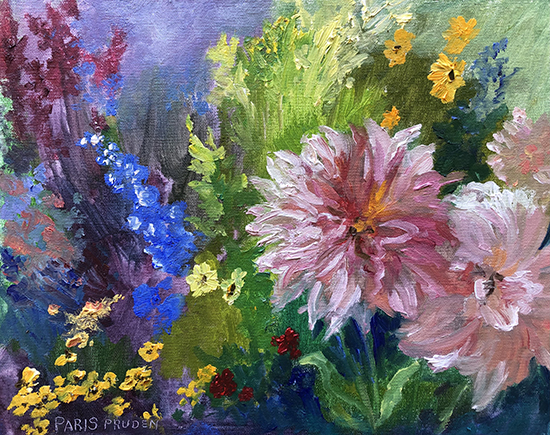
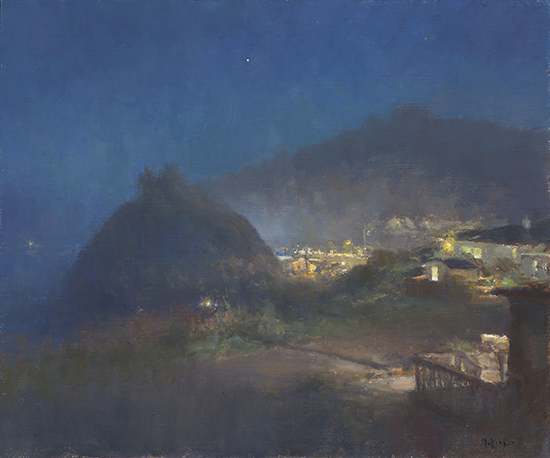
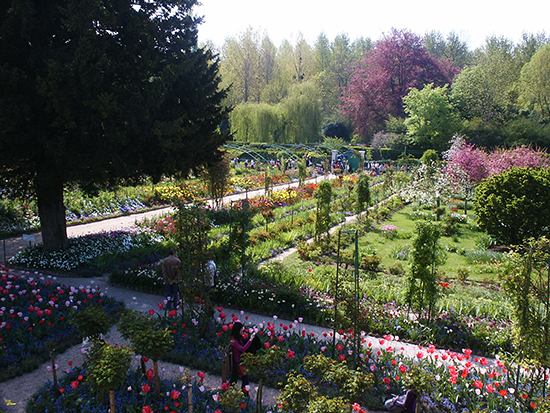 Inspiration in Monet's Gardens
Inspiration in Monet's Gardens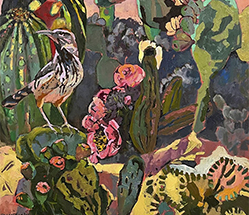
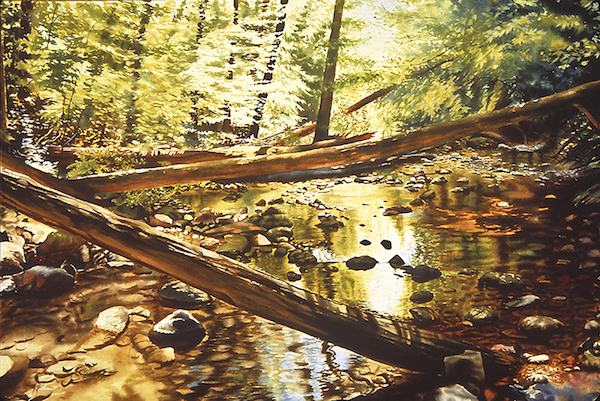 The Watercolor Medium
The Watercolor Medium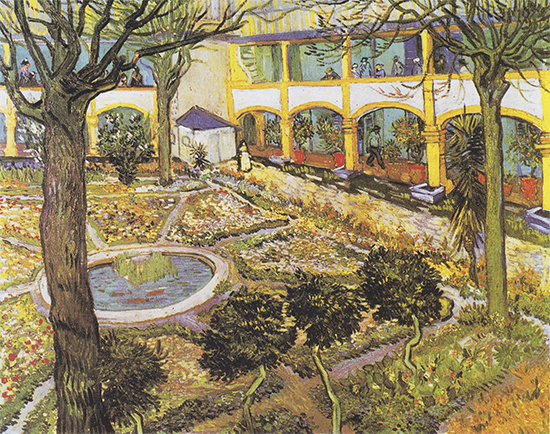 Paintings & Their Places
Paintings & Their Places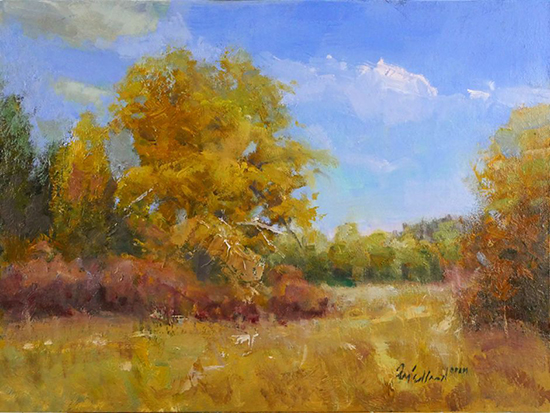
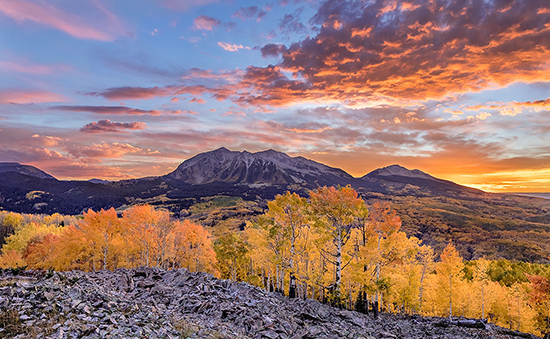 Essential Photo Tools for the Landscape Artist
Essential Photo Tools for the Landscape Artist